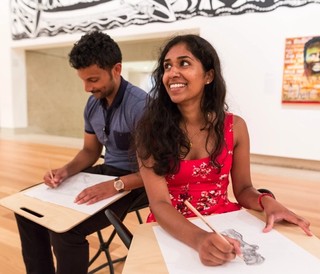
Drawing from the Collection / View full image
Drawing from the Collection
Drop-in and get creative with the free drawing materials provided. Grab a drawing board, paper and a pencil, then take inspiration from the art around you to create your own unique response.
Share your creation
Take a photo or video of your creation and share on social media. @QAGOMA #MyDrawingQAG
This self guided activity is designed for people of all ages. Drawing stations offering free materials are located in the Australian Collection and International Collection galleries.



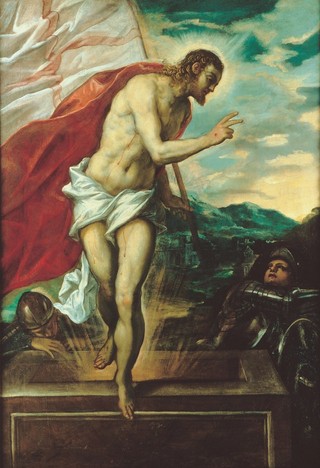
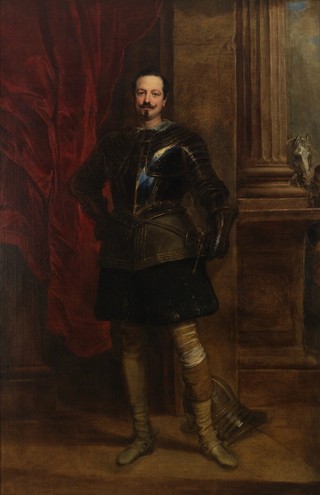

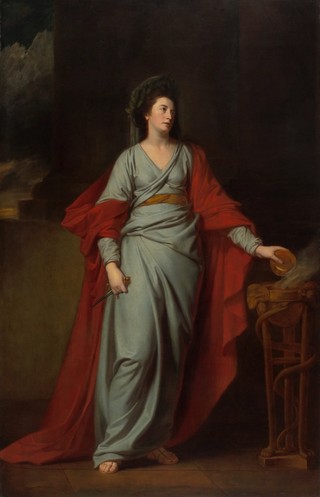

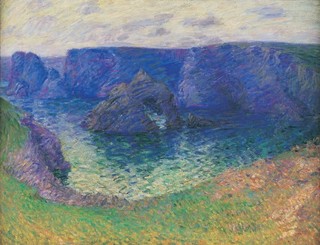
![Paul Jacoulet, France 1896-1960 / Les paradisiers, Menado, Célébes (Birds of paradise, Menado, Celebes), [Sulawesi, Indonesia] 1937 / Colour woodblock print on PJ watermarked paper / 36.1 x 47.4cm / Purchased 2021 with funds from the Airey Family through the QAGOMA Foundation / Collection: Queensland Art Gallery | Gallery of Modern Art / © Paul Jacoulet/Copyright Agency](https://cdn.sanity.io/images/m2obzhc2/production/dc9b4f05620692cafe883f7982e3d656aac23057-6000x4500.jpg?rect=805,779,4446,2126&w=320&h=153&q=90&fit=crop)